On July 20, Comet Olbers will approach the Earth at a minimum distance. Here’s where and how you can see the tailed guest.
A “relative” of Halley’s comet
Comet 13P/Olbers was discovered in 1815 by German astronomer Heinrich Olbers. It is part of the Neptune family. It includes comets with orbital periods ranging from 50 to 200 years. Its most famous representative is Halley’s comet.
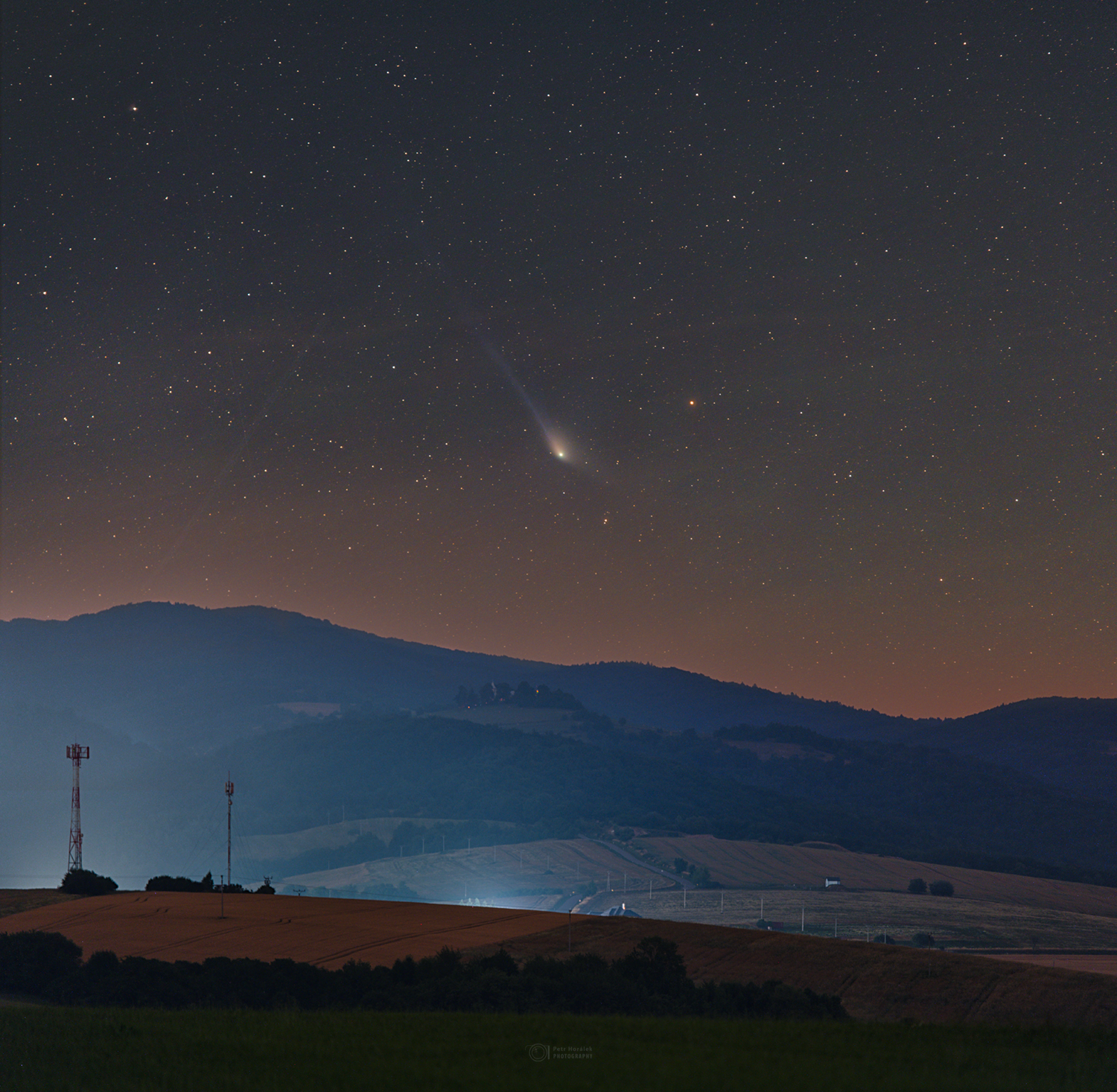
Comet Olbers in the Earth’s sky. Source: Petr Horalek
The last time Comet 13P/Olbers visited the inner solar system was in 1956. Its new return took place in 2024. On June 30, it passed the perihelion of its orbit. On that day, the tailed guest was at a distance of 1.18 AU (176 million km) from the Sun.
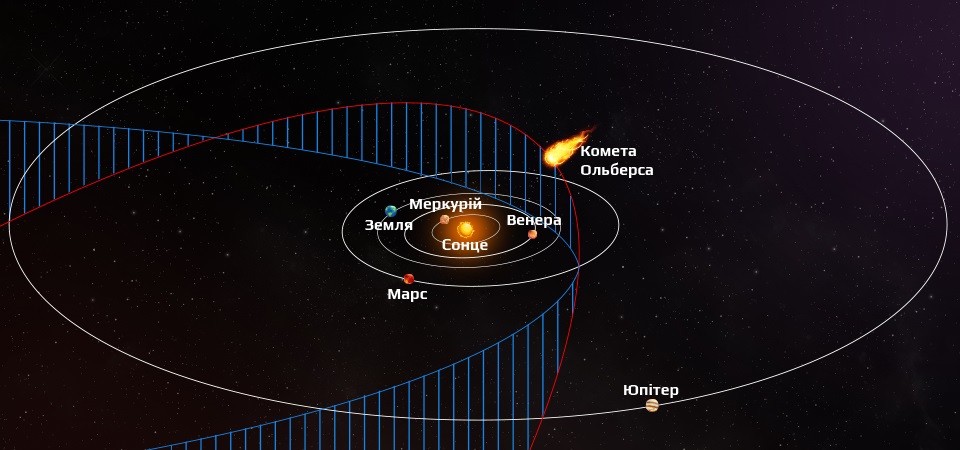
Comet 13P/Olbers is currently approaching Earth. The minimum approach distance will be reached on July 20. On this day, the comet will be at a distance of 1,895 AU (284 million km) from our planet.
How to see Comet Olbers
On the day of its closest approach to Earth, Comet 13P/Olbers will be in the constellation Leo Minor. It will be visible low above the horizon in the northwestern part of the sky shortly after sunset. Its apparent magnitude will be between 6.5 and 7. This means that it will be impossible to see it with the naked eye, but it will be available for observations using binoculars and telescopes.
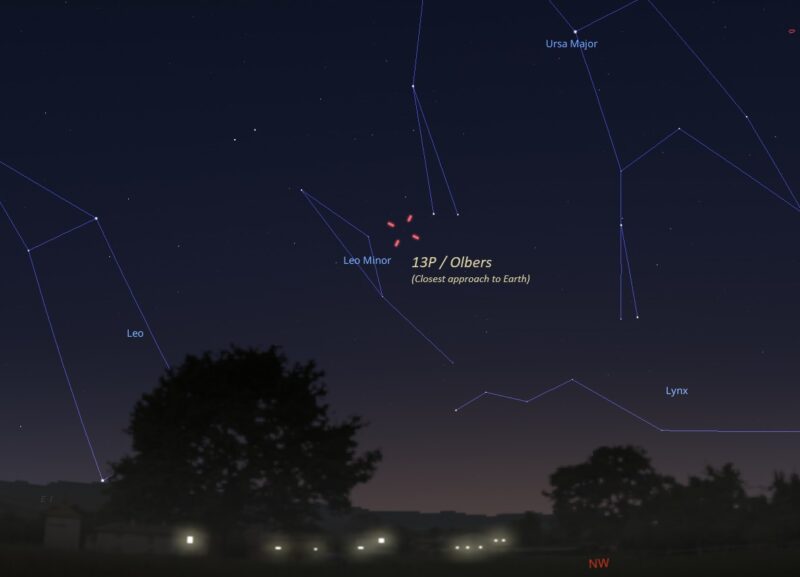
On July 27, the comet will move into the constellation of the Big Dipper, and the conditions for observing it will improve significantly, as the comet can be seen in a normal dark sky. However, it will still not be very high above the horizon. At the end of the astronomical twilight, the guest’s tail will be 11° above the horizon, which is not really much.
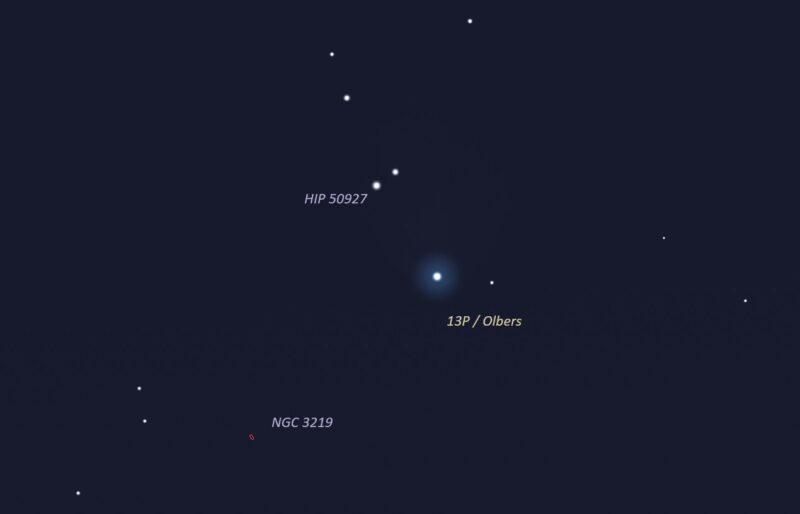
On August 12, the comet will move into the constellation of Coma Berenices, still having an overall magnitude above 9th magnitude, which will make it easy to observe with small astronomical instruments. On August 15-18, it will be visible against the background of the Crane’s Wedge star cluster, on the evening of August 25 it will pass 0.5° north of the Black Eye galaxy M64, and on August 30 it will be less than a degree away from the globular cluster M53.
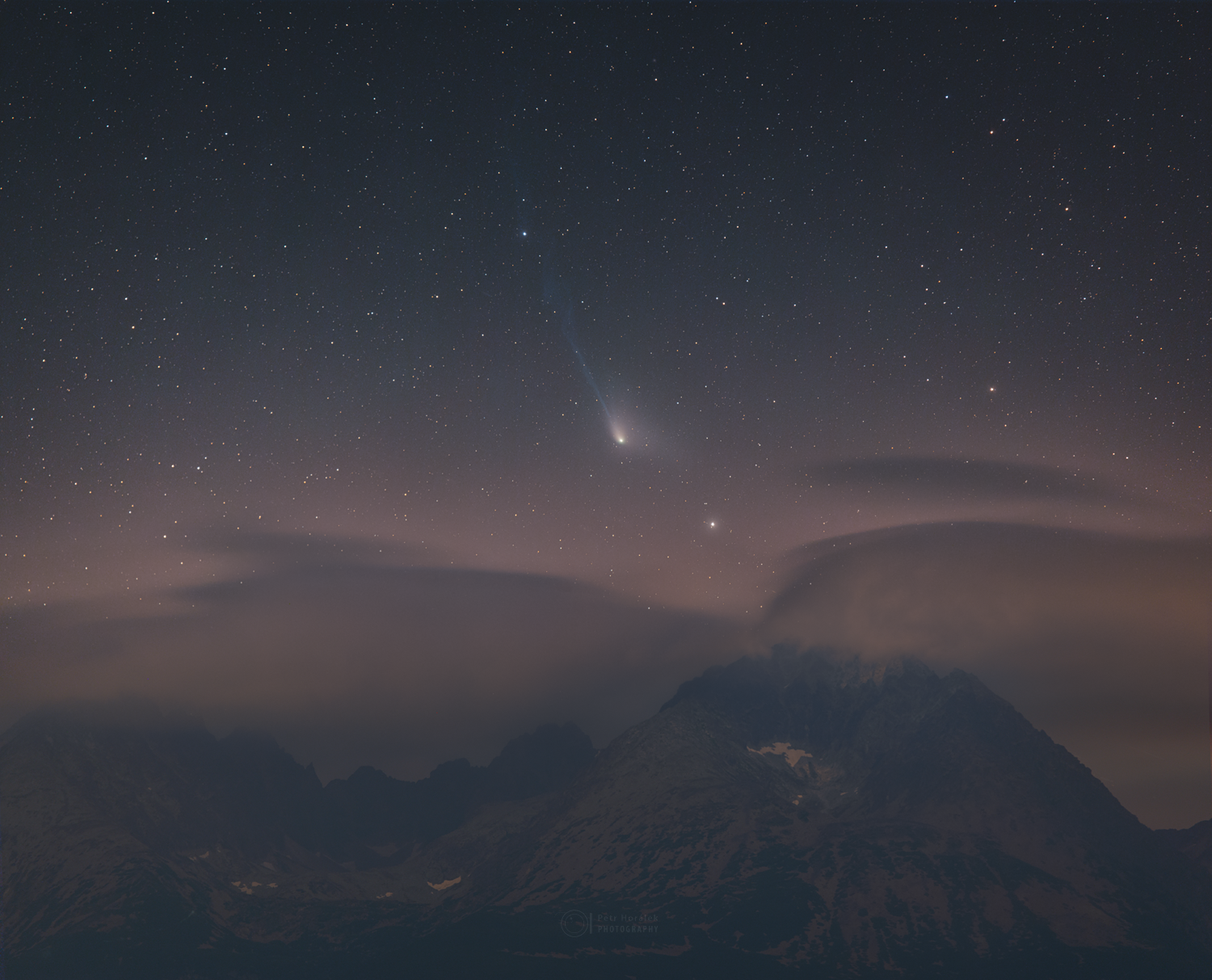
As it moves away from the Sun, the comet’s visibility conditions will deteriorate. By October, its luminosity will weaken to 11th magnitude, so it will be almost impossible to find it in the twilight sky at 8-9° above the horizon, even with powerful telescopes.

